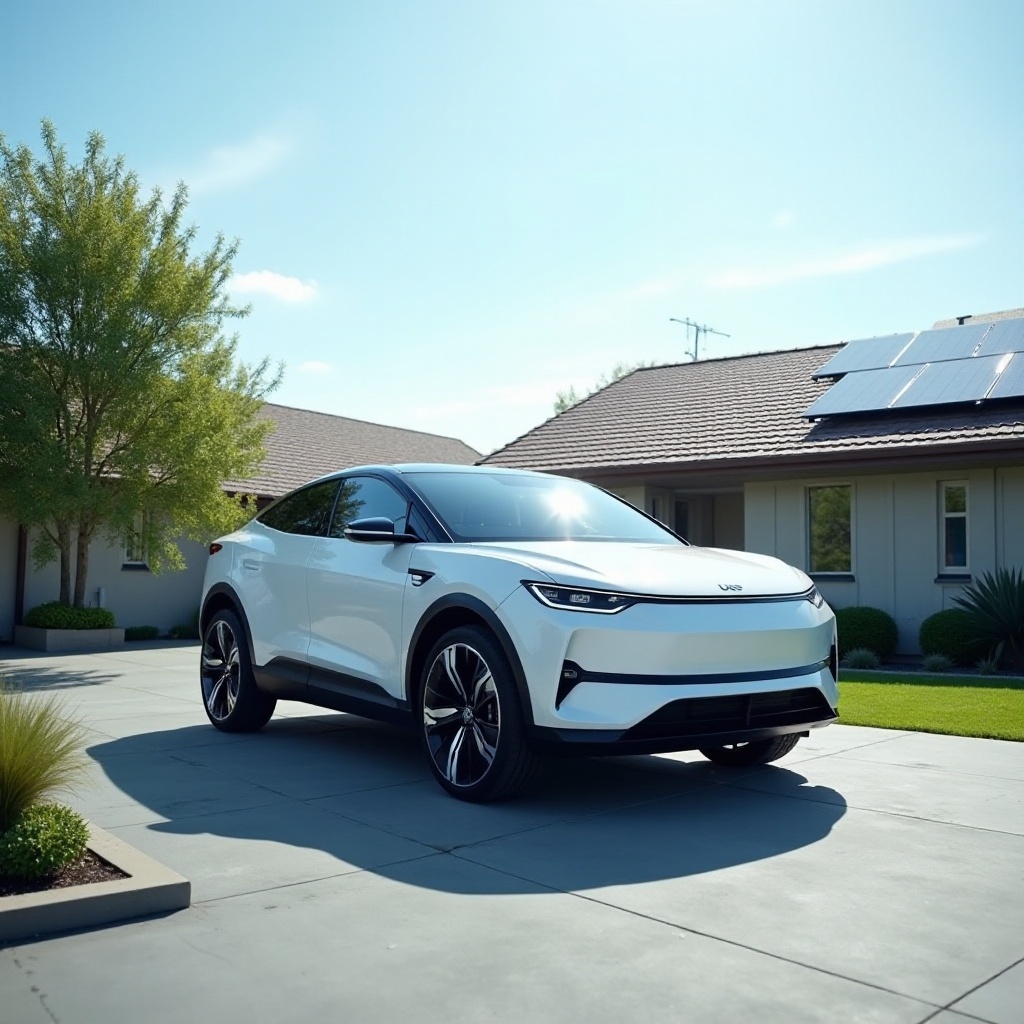Introduction
Considering a Rivian electric vehicle (EV) and wondering about the available tax credits? These incentives can make EV ownership more affordable. Understanding the various tax credit qualifications can directly impact your decision-making process. This comprehensive guide breaks down the specifics of tax credits for Rivian vehicles, helping you make an informed choice.

Understanding Electric Vehicle Tax Credits
Electric vehicle tax credits exist to incentivize the shift toward greener transportation. These credits reduce the financial burden of purchasing EVs, offering savings when you file your federal tax return. The aim is to encourage the adoption of EVs to reduce greenhouse gas emissions.
Federal and state tax credits play a significant role in making EVs more accessible and fostering a cleaner environment.
Federal Tax Credits for Electric Vehicles
Basic Qualifications
Federal tax credits for EVs vary based on several criteria. To qualify, an EV must meet certain performance and manufacturing standards. The purchaser must not exceed the tax liability for the year. Generally, EVs with larger batteries tend to receive higher credits.
Detailed Breakdown for Rivian Models
Rivian’s models, such as the R1T and R1S, come with substantial battery packs, positioning them well for maximum federal tax credits. However, specific qualifications and remaining credits available depend on the year of purchase and the manufacturer’s sales volume. Staying updated on these aspects ensures you optimize the benefits when purchasing your Rivian.
State-Specific Tax Incentives
While federal incentives are substantial, state-specific tax credits can further reduce the cost of owning a Rivian. These incentives vary by state and can include rebates, tax credits, and reduced registration fees.
Overview of States Offering Credits
States like California, Colorado, and New York are known for offering significant EV incentives. Each state’s program is unique, with varying conditions and benefits. These local incentives can provide substantial financial relief in addition to federal credits.
Application Procedures by State
The application process for state credits often involves submitting proof of purchase and other relevant documentation. For example:
1. California: Apply through the Clean Vehicle Rebate Project (CVRP) website.
2. Colorado: Submit a claim with your state tax return.
3. New York: Apply directly through the Drive Clean Rebate Program.
Understanding each state’s specific application process is crucial for maximizing the incentives available.

Rivian Specific Criteria
Owning a Rivian qualifies you for a range of tax benefits if all the eligibility criteria are met. Knowing these criteria is essential to ensure you receive the credits you are entitled to.
Eligible Rivian Models
Currently, Rivian’s R1T (truck) and R1S (SUV) models are the primary beneficiaries of these tax incentives. Each model’s eligibility is contingent on its adherence to federal and state guidelines.
Manufacturer and Purchase Date Relevance
Incentives can be affected by the manufacturer’s EV production milestones. Rivian’s production numbers can influence the tax credits available. Additionally, the purchase date can affect eligibility, as incentives can fluctuate annually based on new legislation or remaining quotas. Keeping track of these factors will help you make timely and informed decisions.
Financial Implications for Rivian Owners
Understanding the financial perks of owning a Rivian can streamline your decision.
Estimated Savings
The typical federal tax credit for Rivian models can be up to $7,500. State incentives can add an additional $1,500 to $5,000, depending on where you live. These savings can significantly lower your overall expense on the vehicle.
Comparison with Other EVs
Compared to other high-end EVs, Rivian’s comprehensive tax benefits make it a competitive option. For instance, while Tesla previously offered substantial credits, these have tapered off with increased sales volumes. Rivian’s tax credits currently offer excellent financial benefits, making it an attractive choice for potential EV buyers.
How to Claim Your EV Tax Credit
Navigating the process to claim your EV tax credit can be seamless if you follow the right steps.
Documentation Required
Ensure you have the following:
1. The manufacturer’s certification.
2. Vehicle purchase invoice.
3. IRS Form 8936 (Qualified Plug-in Electric Drive Motor Vehicle Credit).
Filing Your Taxes with an EV Credit
When filing, include Form 8936 with your federal tax return to claim your credit. For state credits:
1. Refer to your state’s specific form and guidelines.
2. Submit all required documentation as outlined by your state’s process.
Properly filing your taxes with the necessary documentation ensures that you reap the full benefits of the available tax credits.

Conclusion
Securing tax credits for your Rivian can make EV ownership both sustainable and economical. By understanding the federal and state tax incentives, and carefully following the application processes, you can maximize your savings. This comprehensive guide equips you with all the necessary information to make an informed decision and ensure you take full advantage of the tax credits available for your Rivian.
Frequently Asked Questions
Can I claim the tax credit for a used Rivian?
No, tax credits are generally only available for new EV purchases.
Do I need to pay taxes on the tax credit received for my Rivian?
No, the tax credit directly reduces your tax liability and is not considered taxable income.
How long will the tax credits for Rivians be available?
Tax credits are set to phase out as each manufacturer reaches 200,000 EV sales, but legislative changes could impact this timeline.
